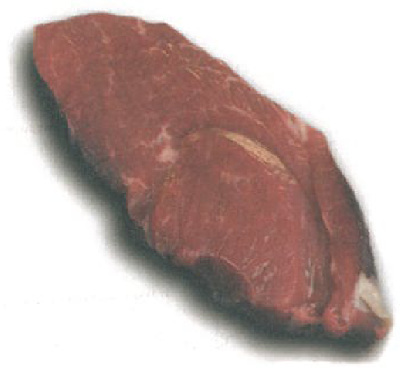Description: The Cabrito das Terras Altas do Minho PGI descends from the Bravia and Serrana breed of goat and their cross breeds, which do not only populate the mountains of the Alto Minho but also the north-eastern area of Trás-os-Montes and the Serra da Estrela.
Production method: The nutritional requirements of these animals are almost uniquely supplied by grazing on the wild and natural vegetation of the area. Only occasionally, in the most extreme winters, are they given supplementary food, such as hay, straw and concentrated nutrients. The Cabrito is fed only on mother's milk, twice a day, for the first two months of life. It is slaughtered between the second and fourth month of life.
Distinctive features: Cabrito das Terras Altas do Minho PGI is well adapted to the natural conditions of the Alto Minho. This has an Atlantic and fairly humid climate, therefore a lot of rain, in fact the Braga meteorological station is the one that registers the most rainfall in the whole of Portugal. This influences the local natural vegetation and has a positive effect on the goats' milk which is the principal feed of the Cabrito, and consequently the organoleptic properties of the meat itself.
Production area: Cabrito das Terras Altas do Minho PGI is produce throughout the whole district of Viana do Castelo and part of the Braga, Vila Real and Porto districts.
History: The origins of the Cabrito das Terras Altas do Minho PGI can be traced back to references to the Bravia breed of goat which is mentioned for example in the Braga district rural archive of 1870: This breed was then known as the Hearth or Common breed. The meat from these goats was eaten and ricotta was made from their milk in the spring time, and even its waste was used to fertilise the fields. On the other hand the Serrana breed is more difficult to trace but it is thought that it is a descendant of the Neozoic (or Quaternary) wild goat which roamed the Iberian Peninsula. The Serrana breed is the most common in northern Portugal and exists in four types which have adapted perfectly to this habitat.
Product specification (pdf)
Publication in EU official journal
Regulamento (CE) n.º 1107/96 da Comissão de 12 06 1996 - L 148/1



